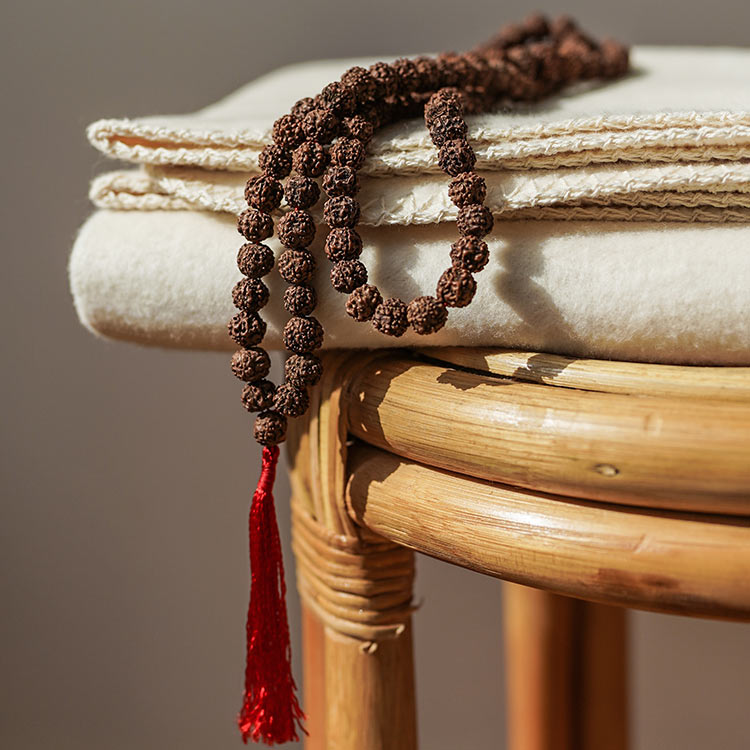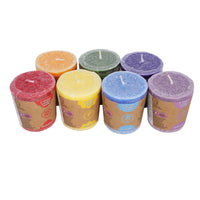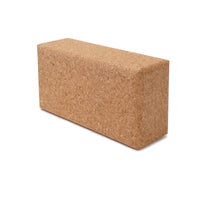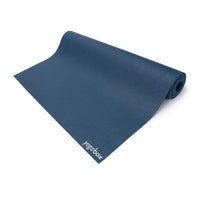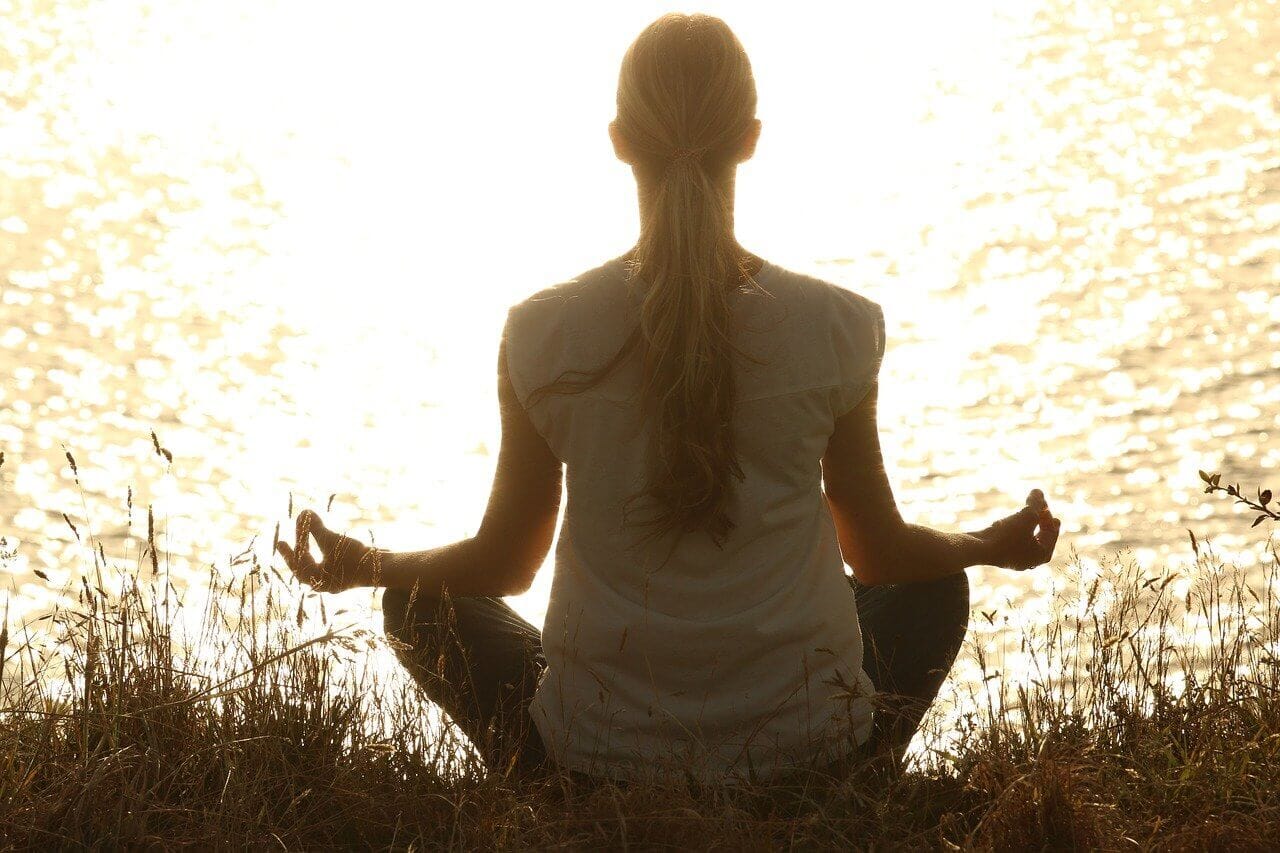
Restorative Yoga - give your body relaxation
In the hectic pace of everyday life, we easily forget to give ourselves a few moments of rest. Our bodies are working at full speed, and we often take on far too much. We feel stressed, irritable, and find it difficult to relax. Restorative yoga can help you give your body the rest and regeneration it needs. Your muscles relax, your heart rate slows, and you find inner peace.
What is Restorative Yoga?
When practicing restorative yoga (from the English "to restore"), letting go is a top priority. Instead of strenuous asanas, the muscles are put into a deep sleep because the exercises are performed passively. With the help of practical yoga props, you can stay comfortably in the asanas for a long time and concentrate entirely on yourself without interruption. Resting on soft cushions , blankets , or yoga blocks , you can perform the poses for up to 20 minutes. Because the heart and head are at the same level in the asanas, the calm exercises also have a relaxing effect on your brain and heart.
How does restorative yoga work?
Restorative yoga is wellness for your body and mind. The stresses of everyday life, stressful thoughts, and other stressors fade away during passive exercises and gradually fade into the background. By staying in yoga poses for extended periods, your muscles relax intensely, your mind drifts away, and your heart rate slows. If you practice restorative yoga regularly, your sleep can also improve permanently, and you'll wake up refreshed in the morning.
Possible effects of restorative yoga:
- deep recovery
- Self-reflection
- inner peace
- Stress is reduced
- deep muscle relaxation
- improved sleep
Yin Yoga vs. Restorative Yoga - these are the differences
Gentle Yin Yoga and Restorative Yoga have several similarities. When practicing both yoga styles, the ultimate goal is deep relaxation of body and mind. Both yoga styles are performed passively, using various props such as pillows, blankets, yoga straps, or yoga blocks, and the focus is on restoring body and mind. However, the yoga approach is very different. Yin Yoga is intended to maintain health, primarily works on energy, and does not aim to heal. Restorative Yoga, on the other hand, is intended to help an ailing body return to health. The asanas are usually held for even longer than in Yin Yoga, and more yoga props are used.
Restorative yoga exercise: Salamba Supta Baddha Kanasana
You need these yoga tools:
Using the blocks, position the bolster at an angle of approximately 45°. Now sit in front of the lower end of the inclined yoga bolster. Slide the second bolster diagonally under your knees, place the soles of your feet together, and let your knees fall outwards in a relaxed manner. Now lie back on the inclined yoga bolster. Wrap yourself in the blanket and remain in this position for about 15 minutes. Breathe deeply into your belly and exhale mindfully.
Do you practice restorative yoga? What benefits do you experience? And do you have a favorite exercise? We'd love to hear your thoughts!
Share




